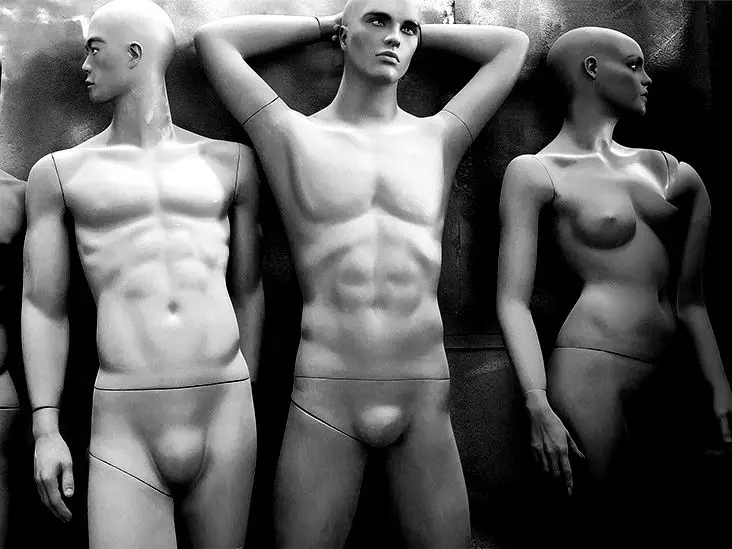Reproductive health is a critical component of overall well-being, influencing everything from physical health to psychological facts. The reproductive system, comprising a network of internal and external organs, is essential not only for reproduction but also for the regulation of hormones that foster sexual development and function. In this article, we will dissect the intricacies of both the female and male reproductive systems, explore the menstrual cycle, and touch on significant health issues that may arise.
The female reproductive system encompasses a variety of structures that work in unison to fulfill reproductive and hormonal roles. It consists of both external and internal organs, each playing a crucial part in the reproductive process.
The external genitalia, collectively known as the vulva, include features like the mons pubis, labia majora, labia minora, clitoris, and the urethral opening. The mons pubis provides cushioning during sexual activity, while the labia majora and minora protect the internal structures. The clitoris, comprising erectile tissue rich in nerve endings, serves as a primary source of sexual pleasure.
Internally, the system comprises the vagina, cervix, uterus, ovaries, and fallopian tubes. The vagina acts as a passageway for both menstrual fluid and sperm. The cervix acts as a gatekeeper, allowing only sperm to enter during ovulation and menstrual blood to exit during menstruation. The uterus, a muscular cavity, is where a fertilized egg can develop into a fetus. Ovaries are responsible for producing eggs and hormones like estrogen and progesterone, pivotal for regulating the menstrual cycle and pregnancy.
The menstrual cycle is a biological event that occurs approximately every 28 days, preparing the female body for potential pregnancy. The cycle begins with menstruation, a process signified by the shedding of the uterine lining if fertilization does not occur. Hormones fluctuate throughout this period, influencing physical and emotional symptoms.
During the follicular phase, estrogen levels rise, promoting the growth of ovarian follicles, each containing an egg. Around mid-cycle, ovulation occurs, wherein a mature egg is released from the ovary. If sperm is present, fertilization may take place in the fallopian tubes. As females age, the quantity of viable eggs diminishes, leading to fertility challenges as detailed by the British Fertility Society regarding the decline in egg numbers.
Conversely, the male reproductive system features a different set of structures that work together to produce sperm and hormones. The primary components include the penis, testicles, prostate, epididymis, seminal vesicles, and vas deferens.
The penis not only serves as a reproductive organ but also facilitates the excretion of urine. Testicles, housed in the scrotum, are critical for sperm production while also generating hormones, including testosterone. The epididymis is where sperm mature before they are released during ejaculation. The seminal vesicles and prostate gland contribute fluids that nourish the sperm, creating semen for transport.
The processes involved in male reproduction focus significantly on the production of sperm through the influence of principal hormones like follicle-stimulating hormone (FSH) and luteinizing hormone (LH). Together with testosterone, these hormones are vital for sexual function and development.
The topic of reproductive systems also encompasses intersex variations, which challenge conventional binary definitions of male and female anatomy. Intersex individuals may possess genetic, hormonal, and anatomical characteristics that do not conform strictly to traditional distinctions. This diversity underscores the complexity of human biology and emphasizes the importance of inclusive healthcare practices.
Both male and female reproductive systems can experience a range of health issues, from hormonal imbalances to structural anomalies. Conditions like polycystic ovary syndrome (PCOS) or prostate cancer can significantly impact reproductive health. Individuals experiencing symptoms such as irregular menstruation, fertility challenges, or erectile dysfunction are encouraged to seek medical attention.
Health professionals such as gynecologists and urologists specialize in reproductive health. They are equipped to address concerns and provide informed care. Moreover, mental health support can be invaluable, especially when physical health issues intersect with psychological well-being.
Understanding the reproductive system is essential not only for recognizing how human reproduction works but also for addressing the various health implications that may arise. Both men and women benefit from being informed about their bodies and their health, and an open dialogue with healthcare providers can lead to improved outcomes. The reproductive system is a remarkable facet of human biology, deserving of exploration and respect.

